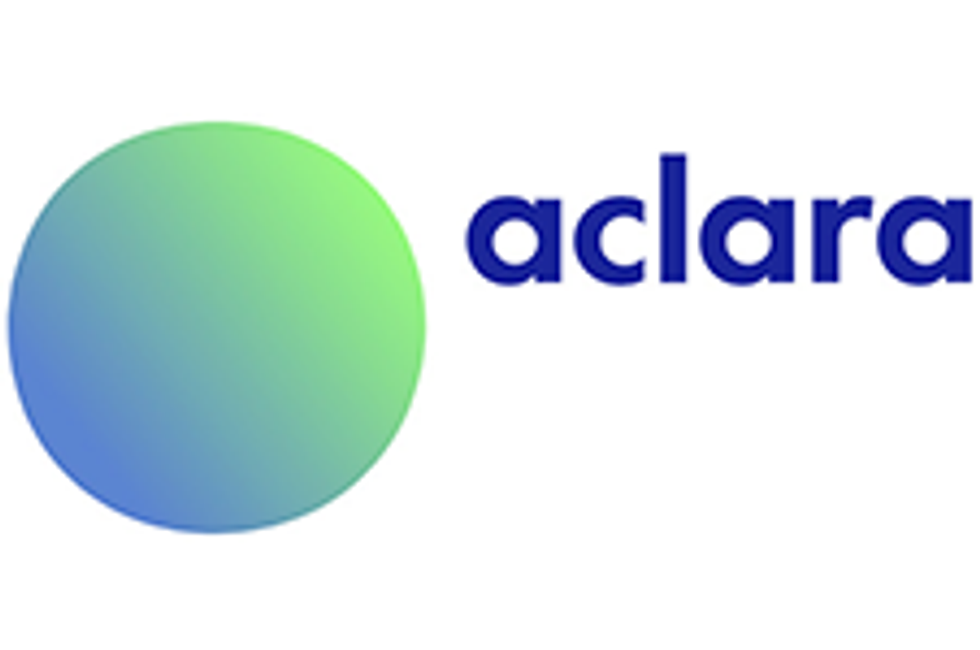- AustraliaNorth AmericaWorld
Investing News NetworkYour trusted source for investing success
- Lithium Outlook
- Oil and Gas Outlook
- Gold Outlook Report
- Uranium Outlook
- Rare Earths Outlook
- All Outlook Reports
- Top Generative AI Stocks
- Top EV Stocks
- Biggest AI Companies
- Biggest Blockchain Stocks
- Biggest Cryptocurrency-mining Stocks
- Biggest Cybersecurity Companies
- Biggest Robotics Companies
- Biggest Social Media Companies
- Biggest Technology ETFs
- Artificial Intellgience ETFs
- Robotics ETFs
- Canadian Cryptocurrency ETFs
- Artificial Intelligence Outlook
- EV Outlook
- Cleantech Outlook
- Crypto Outlook
- Tech Outlook
- All Market Outlook Reports
- Cannabis Weekly Round-Up
- Top Alzheimer's Treatment Stocks
- Top Biotech Stocks
- Top Plant-based Food Stocks
- Biggest Cannabis Stocks
- Biggest Pharma Stocks
- Longevity Stocks to Watch
- Psychedelics Stocks to Watch
- Top Cobalt Stocks
- Small Biotech ETFs to Watch
- Top Life Science ETFs
- Biggest Pharmaceutical ETFs
- Life Science Outlook
- Biotech Outlook
- Cannabis Outlook
- Pharma Outlook
- Psychedelics Outlook
- All Market Outlook Reports
Mkango and Talaxis Reach Deal to Develop Rare Earths Project

Mkango Resources’ share price surged after it announced that Talaxis will fund a bankable feasibility study for its Malawi-based Songwe Hill project.
Mkango Resources’ (TSXV:MKA) share price closed up 166.67 percent on Thursday (November 16) after news of its deal with Talaxis reached the market.
The company has entered into an agreement with Noble Group (SGX:CGP) subsidiary Talaxis to develop its Songwe Hill rare earths project in Malawi. Under the agreement, Talaxis will fund a bankable feasibility study in return for a 49-percent interest in the project. Talaxis will also have the option to acquire another 26-percent stake by arranging further funding to develop the project.
In addition, Talaxis can acquire a 49-percent interest in a new venture established by Mkango focused on neodymium powders and magnets, including Mkango’s collaboration with Metalysis. After those project investments are completed, Mkango will retain a 25-percent stake in Songwe, free carried to production, and a 51-percent in interest in the new venture.
“This transaction is transformational for Mkango and for Malawi, and is a further endorsement of the Company’s strategy and potential,” said William Dawes, CEO of Mkango. “This Agreement significantly strengthens our balance sheet whilst ensuring that the Company is fully funded to progress Songwe and our collaboration with Metalysis.”
An updated 2014 prefeasibility study for Mkango considers an open-pit operation and a mine life of 18 years. Annual processing capacity is estimated at 500,000 tonnes per year of ore, with a view to producing about 2,840 tonnes of rare earth oxides in mixed chemical concentrate per year.
Rare earths prices have increased overall this year, led by neodymium and praseodymium, which are used to create permanent magnets. These magnets are used in the drive trains of electric and hybrid vehicles, as well as for wind energy generation, robotics and other clean energy applications. Dawes expects demand for neodymium and praseodymium to continue to be “very strong.”
In fact, demand for neodymium-praesodymium (NdPr) oxide is expected to grow at 8 percent per year to 2025 from current global consumption of 33,340 tonnes, according to a Wednesday (November 15) update from Arafura Resources (ASX:ARU).
That said, prices have been soft in recent weeks due to traders selling NdPr on the spot market after NdFeB magnet manufacturers restocked their inventories prior to the mandated October shutdown of rare earth processing operations in China. Arafura notes that NdPr oxide FOB China was last selling for $58 per kilogram, which is a 13-percent decline from the previous month.
Don’t forget to follow us @INN_Resource for real-time news updates!
Securities Disclosure: I, Melissa Shaw, hold no direct investment interest in any company mentioned in this article.
Outlook Reports
Featured Critical Metals Stocks
Browse Companies
MARKETS
COMMODITIES
| Commodities | |||
|---|---|---|---|
| Gold | 2377.93 | -2.00 | |
| Silver | 28.29 | +0.05 | |
| Copper | 4.51 | +0.05 | |
| Oil | 82.56 | -0.17 | |
| Heating Oil | 2.54 | 0.00 | |
| Natural Gas | 1.79 | +0.03 | |
Investing News Network websites or approved third-party tools use cookies. Please refer to the cookie policy for collected data, privacy and GDPR compliance. By continuing to browse the site, you agree to our use of cookies.



